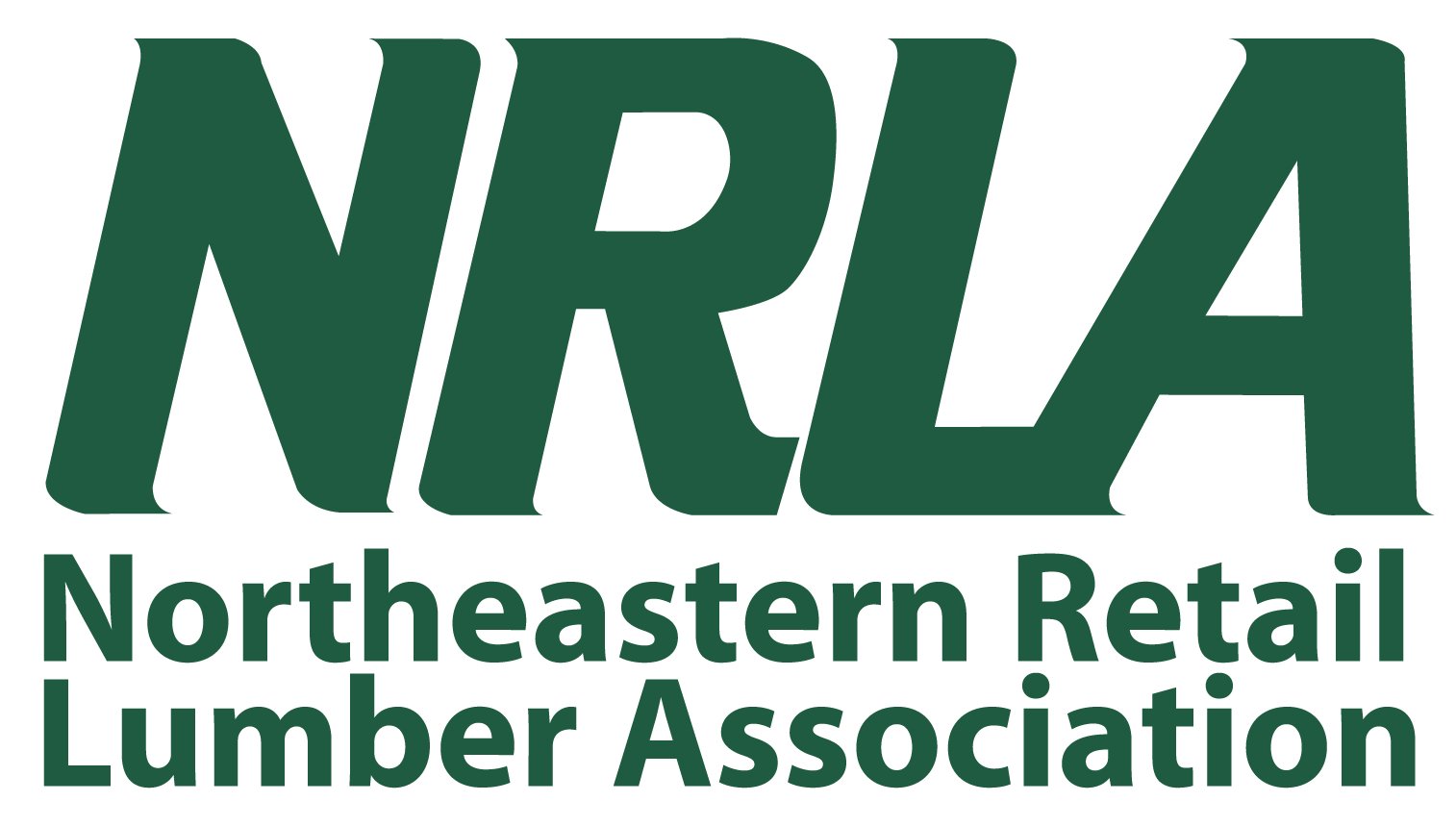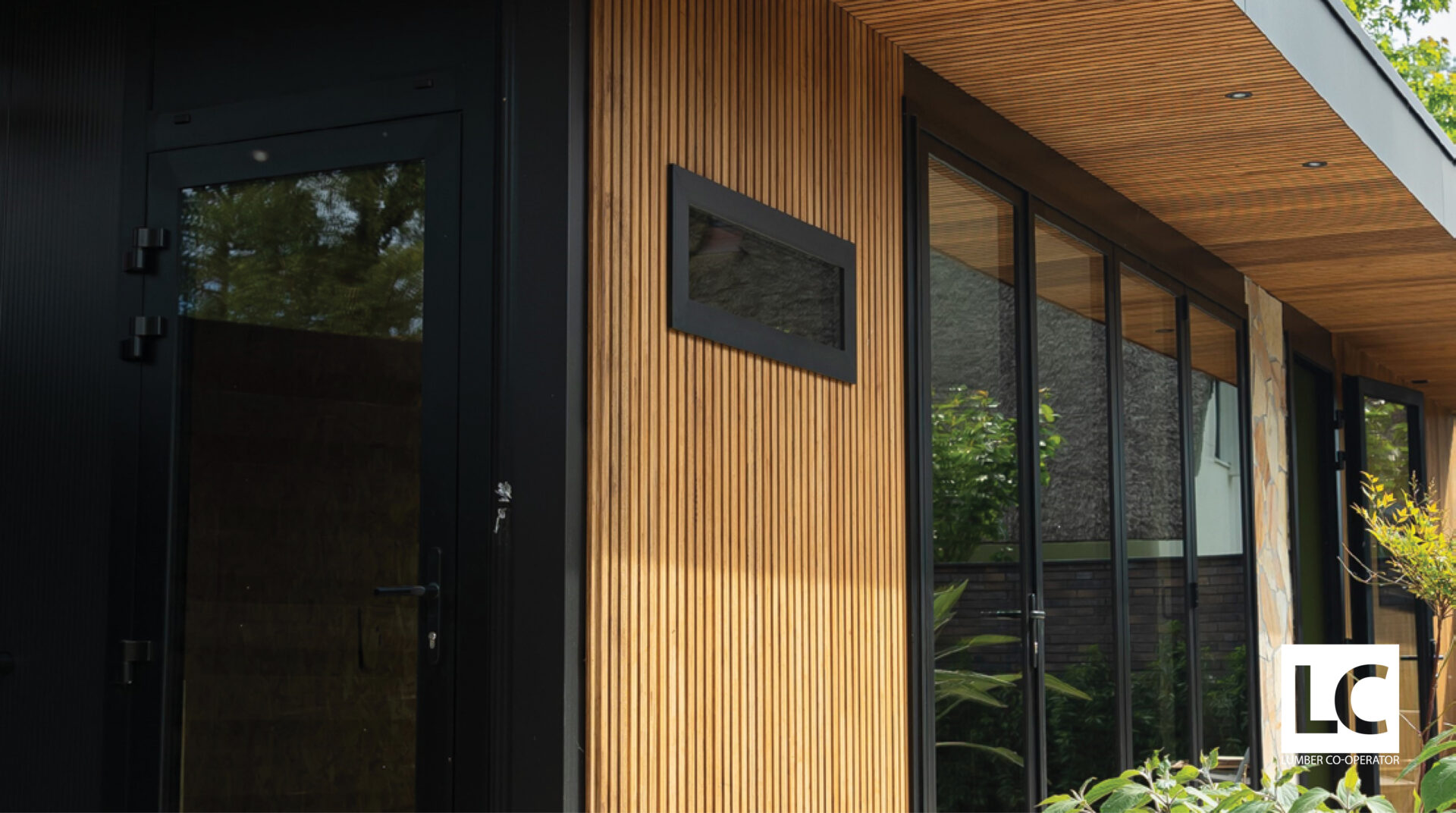Every November, lumber wholesalers gather for the NAWLA Trader’s Market. It’s an opportunity to network with peers around the country and deepen ties with our mill partners, and for suppliers to introduce new products.
Last year’s conference was notable for the large number of new thermally modified lumber offerings. Typically, it takes 12-18 months for new products to filter through distribution, and while even more variations were shown at this year’s conference, it’s becoming clearer which thermally modified products will be readily available in our market.
Here’s a quick rundown on what’s out there and what questions you might want to ask when choosing among the many options.
One thing’s for sure, the category is not going away—it’s just getting started.
WHAT IS THERMALLY MODIFIED WOOD?
Thermal modification of wood is a simple and chemical-free process but requires expertise to get the best results. Lumber is dried at high temperature, hot enough to toast the wood without burning it. Humidity is carefully controlled—too much steam and you get an uneven cure; too little, and the final result will be too brittle or susceptible to excessive checking.
At present, most thermal modification is performed in Europe by experienced operators—it’s been popular for decades.
Benefits claimed by manufacturers include substantially reduced movement in service, reduced susceptibility to decay and insects, and elimination of extractive bleeding. Water is no longer absorbed by the cell wall, giving the wood superior dimensional stability. Less movement also means less stress on coatings, which can make finishes last longer.
In the United States, the first round of thermally modified wood offerings focused on decking, perhaps because of the small number of SKUs. Decking is one of the harshest tests for any wood, and over time these products may not compare favorably in appearance with the super-durable tropical hardwoods like ipe, for which they’re often promoted as an alternative.
In vertical applications like siding and trim, though, these materials outperform.
KEY SPECIES AVAILABLE IN THE NORTHEAST
Pine. Typically, radiata pine.
Advantages: well-known species, rustic appearance with pronounced grain.
Disadvantages: pronounced grain may not be suitable for all aesthetics, may not be available in American standard dimensions.
Domestic/European Hardwoods.Most commonly, ash.
Advantages: attractive appearance, highly available.
Disadvantages: length structure (mostly odd and even short lengths), cost, may not be available in American standard dimensions.
Hemlock.
Advantages: well-known species, cedar-like appearance, vertical grain may be available.
Disadvantages: cost and availability, especially in widths greater than 6”. Reportedly challenging to stain, unlike other species.
Ayous/Ambara. African lightweight hardwood that is popular in Europe. Similar weight and appearance to cedar, but with mahogany-like surface grain.
Advantages: attractive appearance, excellent length and width availability, relatively low cost.
Disadvantages: not yet a well-known species, suitable for siding/trim/soffit only (not decking).

CONSIDERATIONS
Whether you’re deciding which products to promote and include in your showroom or just need to identify the right product to quote for a specific job, asking these questions will help you make the best choice:
Are standard American dimensions and lengths available?
Where Europe is part of the supply chain, widths, thicknesses, and even lengths may be in European dimensions instead of the American Lumber Standard. There could be some hidden costs if you order a 16’ board and it doesn’t actually reach your last 16” o.c. stud.
Is the length structure suitable?
Domestic hardwoods especially tend to be random lengths and heavy shorts with few long lengths—a tally structure we in the U.S. usually associate with interior flooring.
Are enough profiles available to handle an entire project?
Long supply chains can be challenging. But an advantage of thermally modified timber is that it can be freely resawn and profiled without compromising the treatment. In ayous, for example, we stock oversize cants in the rough, so that we can run exactly what’s needed, when it’s needed.
Common siding profiles available include traditional beveled clapboards, shiplap, board-and-batten, or WP-4 T&G, and trendier profiles like nickel gap or fineline. Rainscreen profiles designed for use with clip systems are also offered.
Fluted or corrugated profiles are increasingly on-trend. These products are ideal for such profiles because a uniform appearance is critical, and the reduced movement in service keeps everything looking sharp.
You might value being able to complement siding with matching trimboards or fascia, including wide boards.
Decking may be offered with or without end-matching.
Is the lead time manageable?
When profiles need to be run to meet project specifications, it’s normal for there to be a lead time—but there’s a big difference between two weeks and four months.
Does the source have an excellent reputation in your market?
Making sure you are working with a reputable and responsible supply chain is your best protection when selling a new product. Ask some probing questions. If you’re talking to the right people, they will always appreciate the opportunity to differentiate themselves and show that they’ve done their homework.
These products are still somewhat new to our market, but they’ve been going strong in Europe for well over a decade—something many architects already know—so, if you’ve asked the right questions, you can proceed with confidence.
Of course, your friendly distribution partners will be eager to help.
Joshua Kaye is the president of American Lumber. American Lumber is a wholesale-only distributor of specialty lumber and building materials exclusively serving lumberyards and home centers in the Northeast and Mid-Atlantic regions. Kaye can be reached at jkaye@americanlumberco.com. To learn more about American Lumber, visit www.americanlumberco.com.







